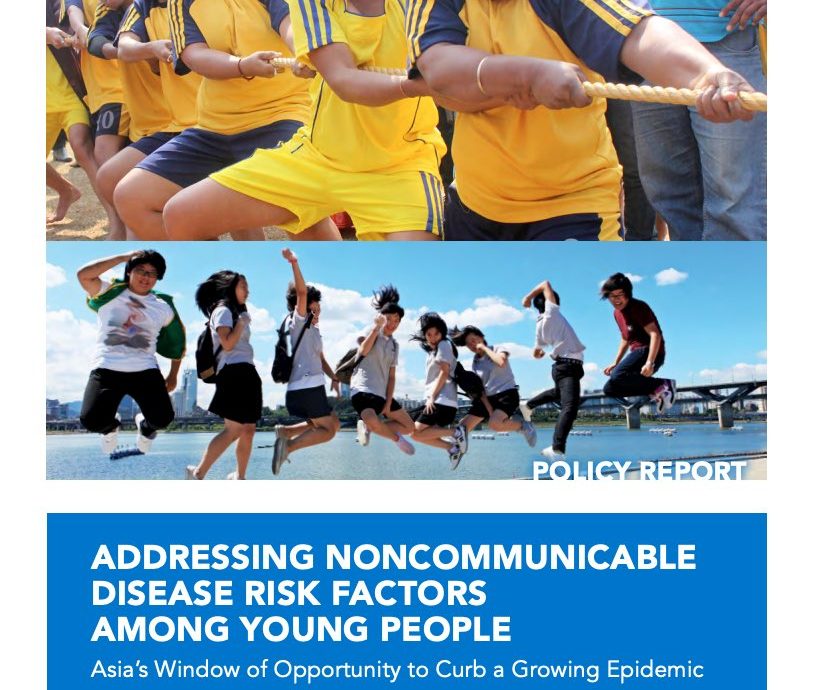503 Search Results Found For : "항셍지수나무위키【www_77m_kr】www_77m_kr 녹십자셀 국도화학≒SKC 솔믹스㉸KPX그린케미칼 ㄝ瑁 questionnaire"
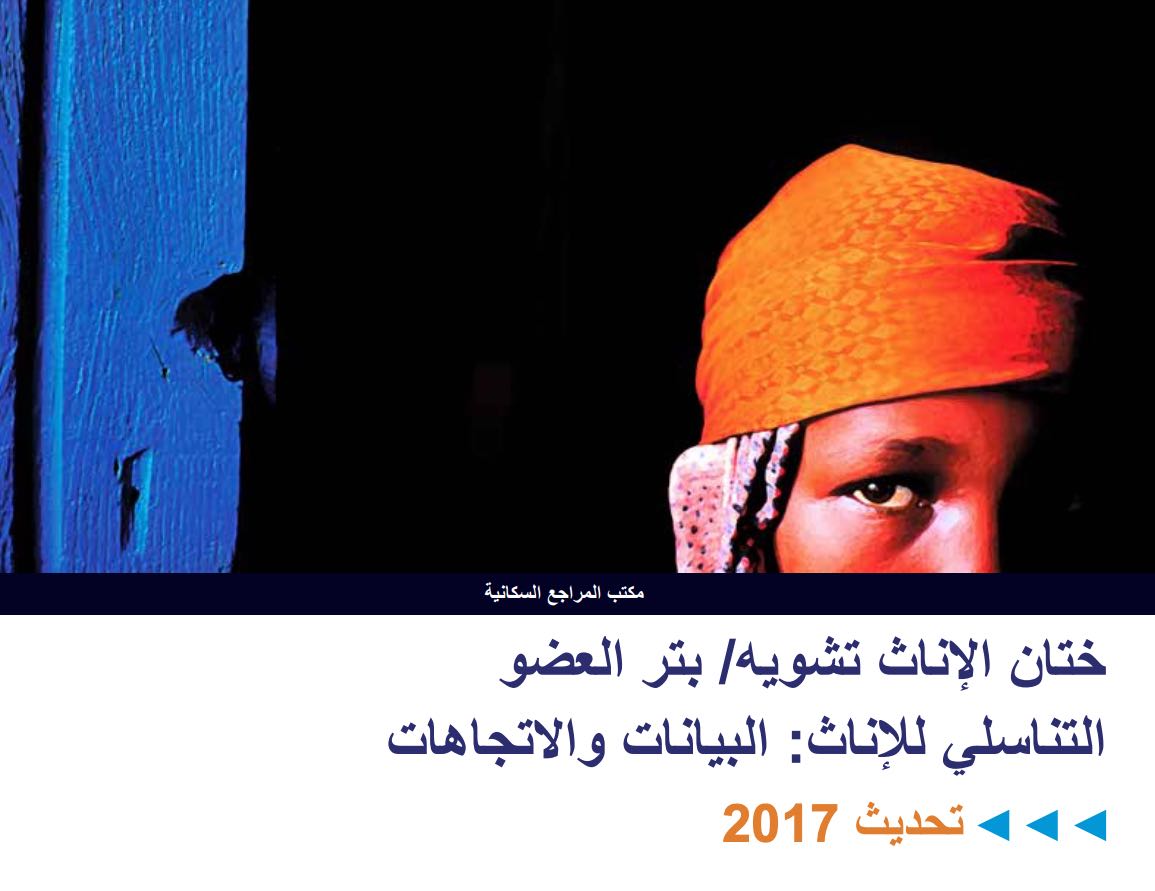
Project: PACE: Policy, Advocacy, and Communication Enhanced for Population and Reproductive Health
Wallchart. Female Genital Mutilation/Cutting Data and Trends, Update 2017 (Arabic)
Female Genital Mutilation/Cutting: Data and Trends Update 2017, produced with support from the U.S. Agency for International Development, provides the latest data on the practice in 29 developing countries with representative and comparable data—although FGM/C occurs worldwide.
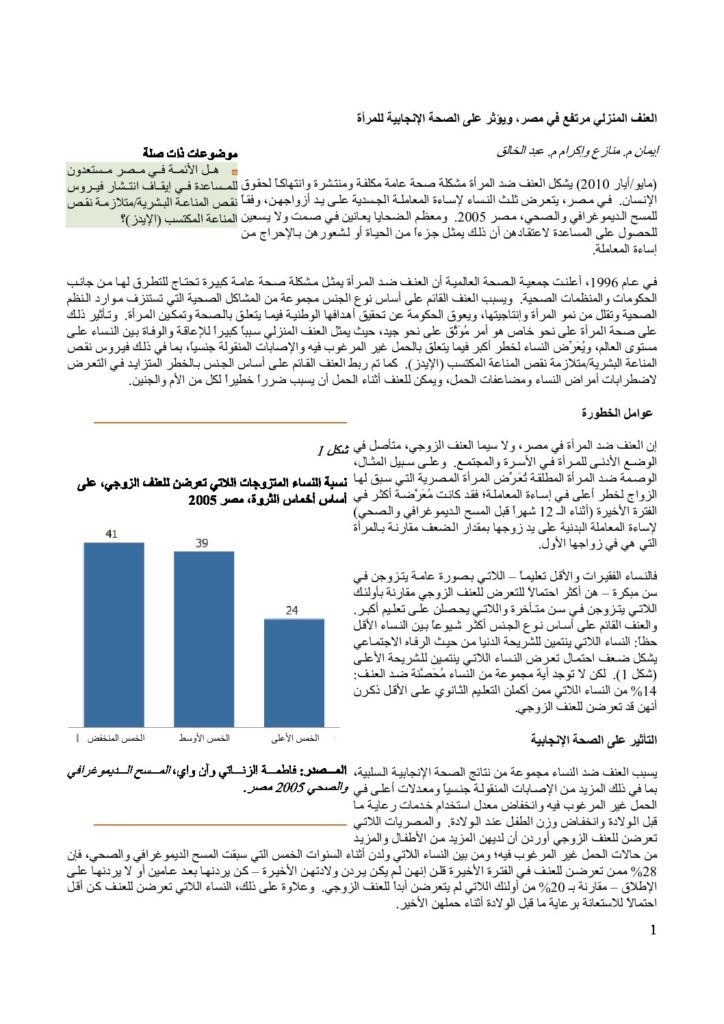
Domestic Violence High in Egypt, Affecting Women’s Reproductive Health
(2010) Violence against women is a costly and pervasive public health problem and a violation of human rights. In Egypt, a third of women are physically abused by their husbands, according to the 2005 Egypt Demographic and Health Survey (DHS).
Public Policy, Financial Decisions, and the Health of Older Adults
(2009) The financial decisions facing older adults as they reach retirement age are increasingly more difficult.
Poverty in the United States and Other Western Countries
(2002) It is difficult to compare poverty levels in different countries. Countries not only have different currencies, they have different family income levels, consumption patterns, prices for goods and services (which affect purchasing power), spending patterns, and family and demographic characteristics.
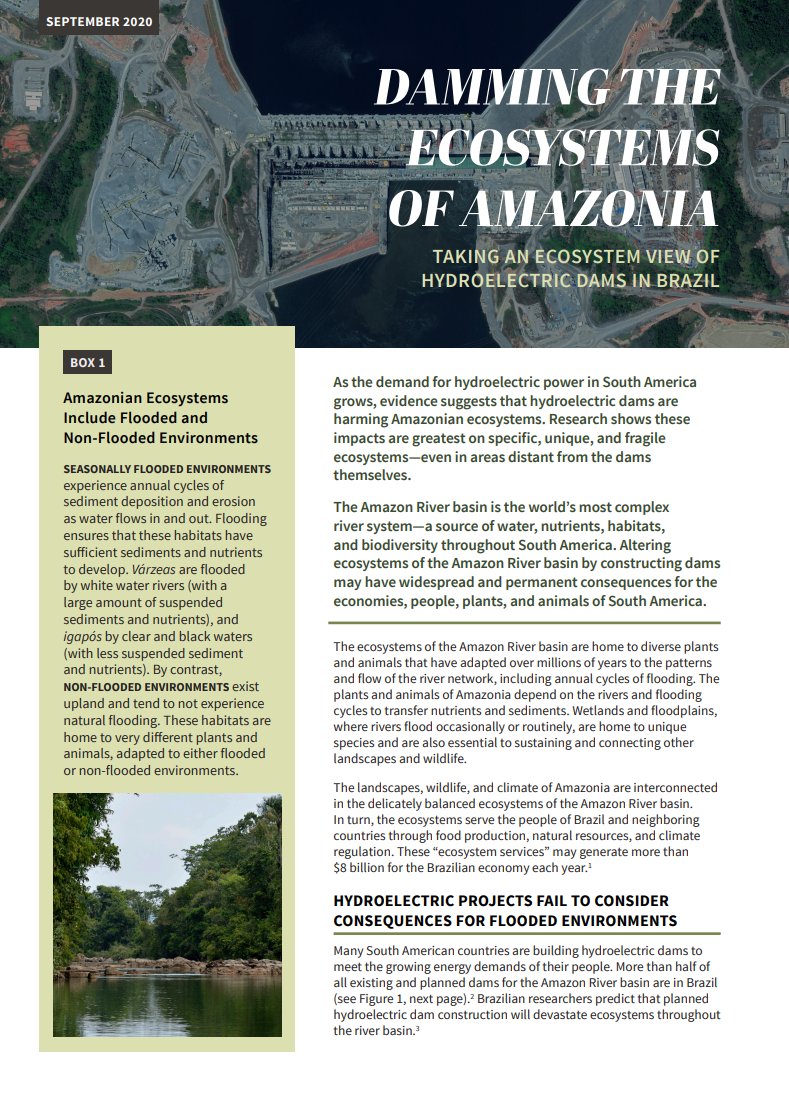
Project: Research Technical Assistance Center (RTAC)
Damming the Ecosystems of Amazonia
This innovation brief describes the growing impact of hydroelectric dams on the Amazon River ecosystem in Brazil.
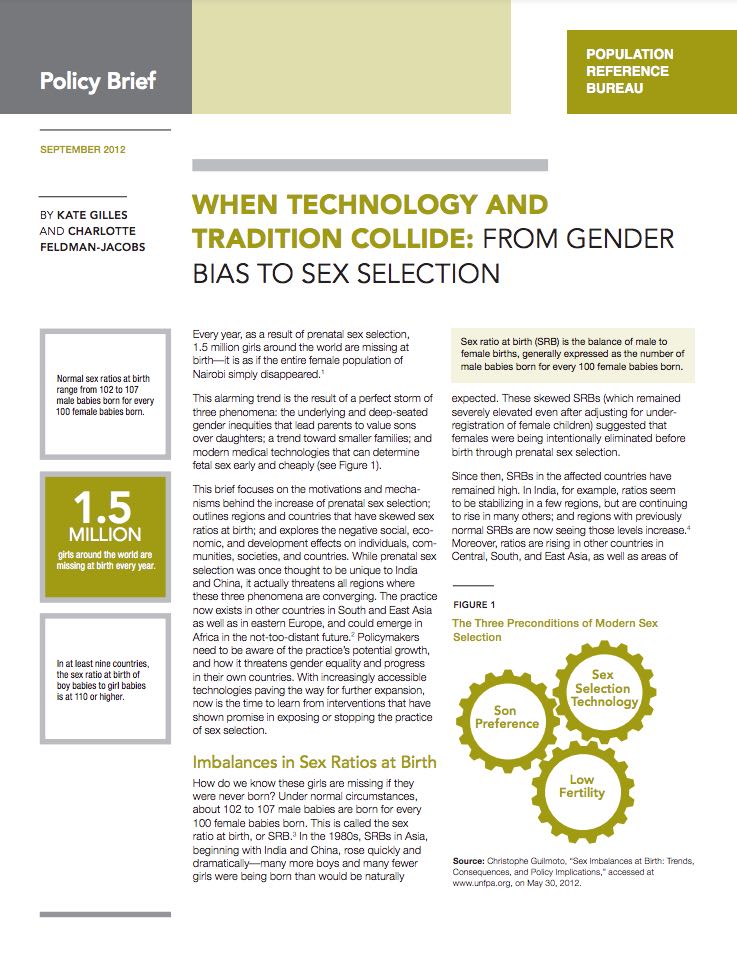
Policy Brief. When Technology and Tradition Collide: From Gender Bias to Sex Selection
(2012) Every year, as a result of prenatal sex selection, 1.5 million girls around the world are missing at birth—it is as if the entire female population of Nairobi simply disappeared.

